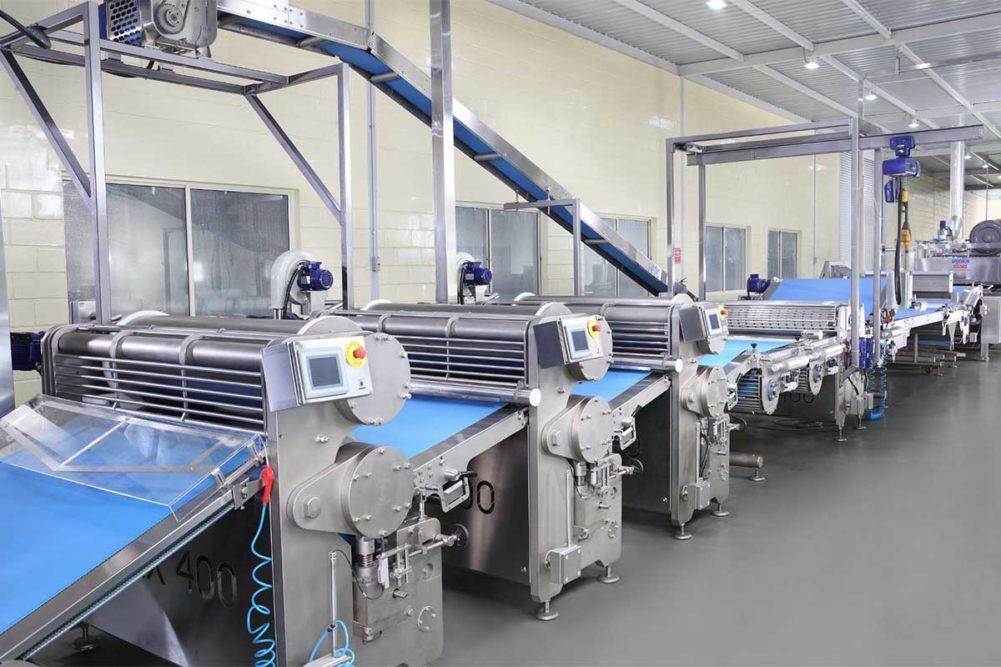When it comes food safety, cookie producers face challenges on multiple fronts. In addition to the bacterial concerns, which are often remedied during the “kill step” as the products travel through the baking process, eggs, nuts, milk, wheat and other significant allergens require more than a little elbow grease to ensure the equipment remains clean between product changeovers.
“With microbes, you typically have an oven that acts as a kill step that gets rid of them,” noted Dan Christie, sales manager, North America, Spooner Vicars Bakery Systems, a Middleby Bakery company. “But that doesn’t work with an allergen. The only way you can deal with an allergen is through removal. A kill step won’t take care of it. That’s why you see dedicated lines when it comes to allergens like a peanut product.”
It's also why hygienic design is so critical for cookie and bar manufacturers, which have seen more than their fair share of costly recalls involving cross contamination and unlabeled allergens over the years.
“We need to focus on ease of cleaning for product changeovers and allergen cleanings, and tackling these issues really needs to start at a design level,” said Katie Winkle, sales director, Baker Perkins. “Designing equipment with minimal collection points, ease of accessibility, tool-less part removal and more are critical to the sanitation standards of that equipment going forward. And it’s even more critical when dealing with difficult products such as high-protein ingredients and binding agents like molasses, honey and nut butters, as are common in bar products.”
“The bottom line is: The easier a machine is to clean, the better. Period,” Mr. Christie said.
This article is an excerpt from the April 2022 issue of Baking & Snack. To read the entire feature on Cookie & Bar Processing, click here.






